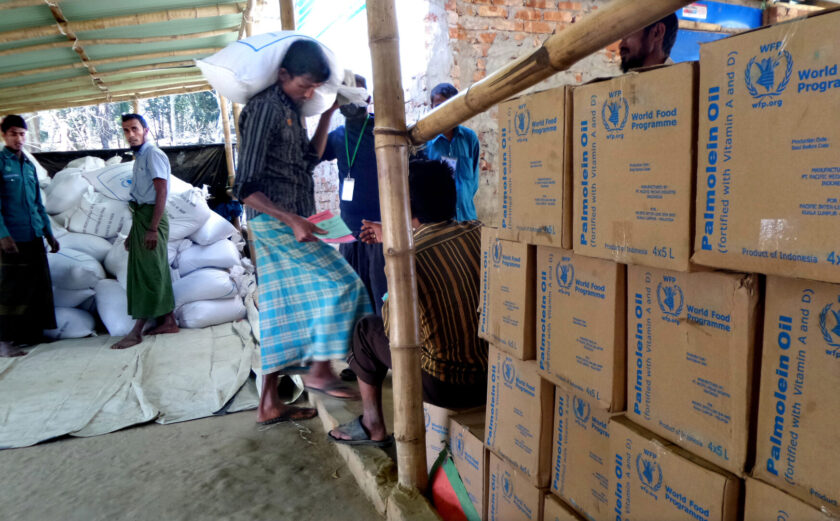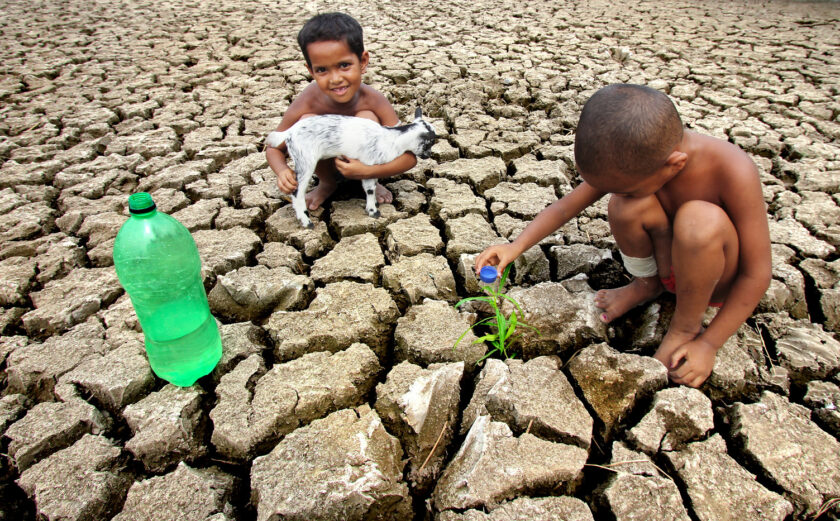Residual Risk Acceptance An Advocacy Guidance Note
This guidance note is one of four research products emanating from the 2016 NGOs and Risk study, conducted by Humanitarian Outcomes for InterAction with the participation of 14 major international NGOs.
In workshops discussing the study’s findings, participating NGOs agreed that a particular obstacle to ensuring principled humanitarian action in high-risk environments was an insufficient understanding and acceptance of “residual risk” on the part of donors as well as, at times, NGOs’ boards and executive structures.
To address this gap, the NGOs tasked Humanitarian Outcomes with creating an advocacy guidance note on residual risk. The guidance note is intended for organizations to use in developing advocacy strategies aimed both internally and externally. It draws upon the original primary research of the study (interviews and NGO policy documentation), as well as a small number of additional consultations, and it incorporates the findings of recent related studies, such as those from the research program on Secure Access in Volatile Environments (SAVE).
The purpose of this document is to recapitulate the concept of residual risk and how it is applied in operational decisions and to provide guidance for NGO decision-makers on communicating with key stakeholders on this critical concept. To do so, it follows the basic structure of an advocacy strategy outline, incorporating the following components:
1. Problem
2. Goal
3. Objectives
4. Actor Mapping
5. Messages
6. Tools/Actions
7. Opportunities
8. Monitoring and Evaluation
In this way, it aims to serve as a template for individual organizations to develop advocacy strategies on residual risk, as well as layout a set of principles for potential collective action.







